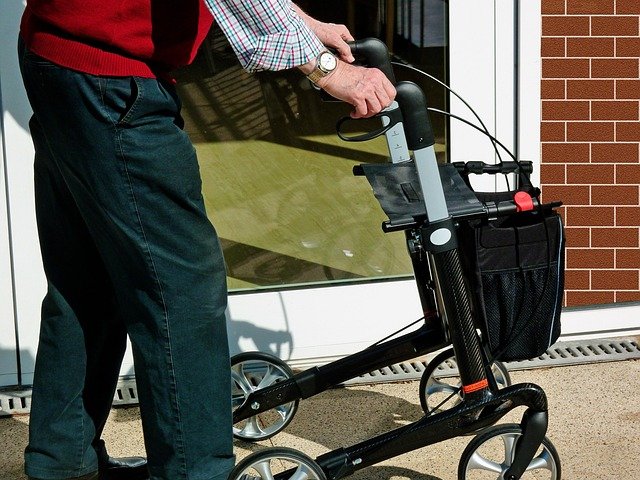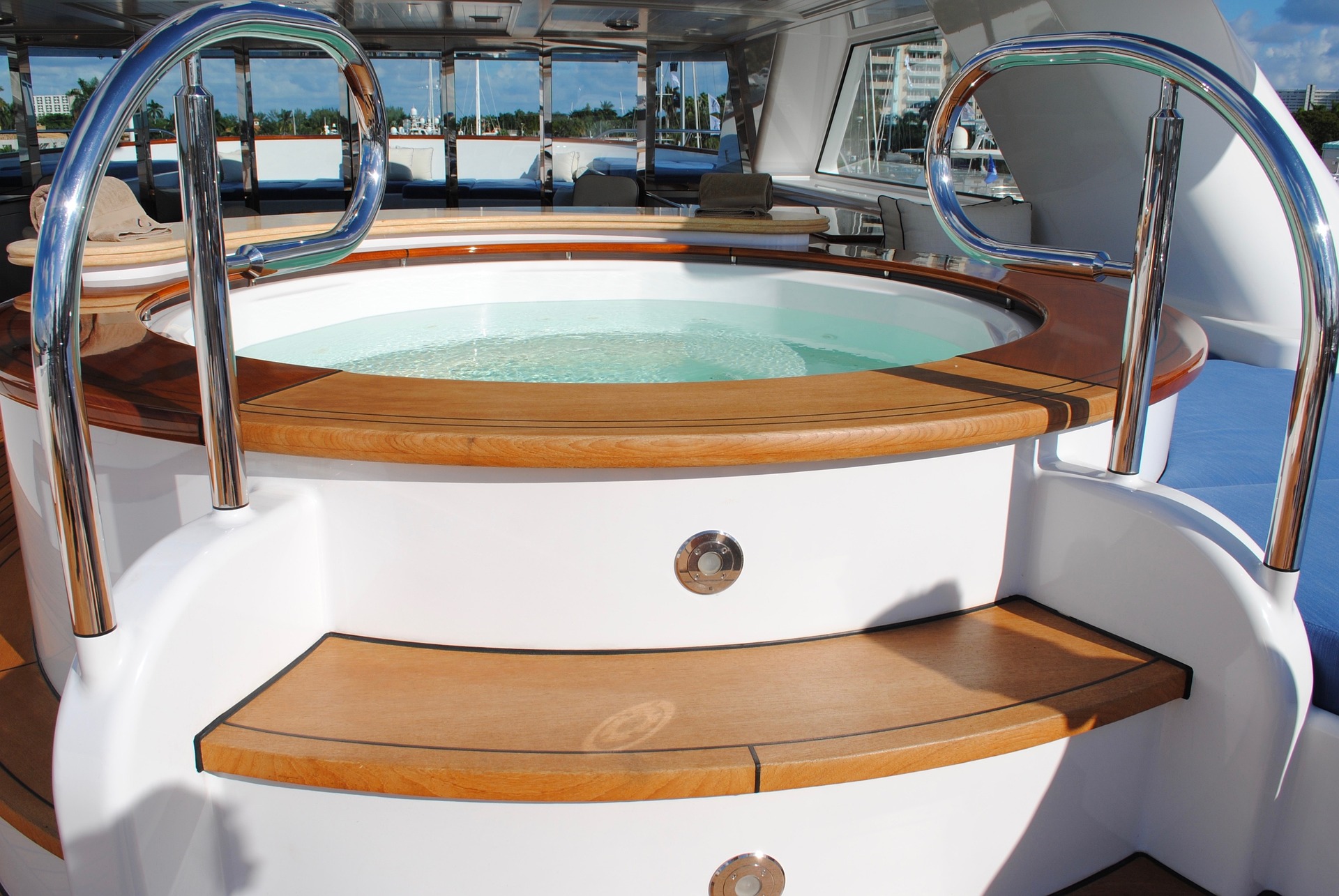Comprehensive Guide to Walkers for Seniors: Mobility and Independence
Walking aids provide essential support for seniors facing mobility challenges. These devices offer stability, confidence, and independence for daily activities. Understanding the various options available and how to select the most appropriate walking aid can significantly improve quality of life and safety for older adults.

Walkers for seniors represent an important category of mobility aids designed to provide stability, support, and independence for older adults experiencing balance issues, weakness, or recovery from surgery. These assistive devices have evolved significantly over time, offering various features to accommodate different needs, environments, and physical capabilities. When properly selected and used, walkers can dramatically improve seniors’ quality of life by enabling continued mobility and reducing fall risk.
Introduction to Walking Aids
Walking aids serve as essential tools for seniors facing mobility challenges due to aging, injury, or chronic conditions. These devices provide external support that compensates for decreased strength, balance issues, or pain during walking. The primary purpose of any walking aid is to increase stability and confidence while reducing the risk of falls—a particularly serious concern for older adults, as falls represent a leading cause of injury among seniors.
Walking aids work by widening the base of support, distributing weight away from painful or weak joints, and providing tactile feedback about the ground surface. For many seniors, these devices make the difference between remaining homebound and maintaining an active, independent lifestyle. Beyond physical support, walking aids can also provide psychological benefits by reducing fear of falling and encouraging continued physical activity, which is crucial for maintaining overall health and preventing further physical decline.
Types of Walking Aids
Several categories of walking aids are available to seniors, each designed to address specific mobility needs and levels of required support:
Standard walkers feature a lightweight frame with four legs and provide maximum stability but require the user to lift the walker to move forward. These are ideal for individuals with significant balance issues or those recovering from surgery who need substantial support.
Rollators (rolling walkers) include wheels on all legs, allowing for smoother movement without lifting. Most rollators include hand brakes, a seat for resting, and a basket for carrying items. These are excellent for seniors who need support but have reasonable strength and can manage the braking mechanism.
Two-wheeled walkers offer a compromise between standard walkers and rollators, with wheels on the front legs only. This design provides more stability than rollators while requiring less lifting than standard walkers.
Hemi-walkers are specialized devices designed for individuals who need support on only one side of their body, such as after a stroke. These walking aids are adjustable in height and provide targeted support where needed most.
Knee walkers or knee scooters serve as alternatives for those who cannot bear weight on one leg but need more mobility than crutches allow. These devices feature a padded platform to support the knee of the affected leg while the user propels with the unaffected leg.
Choosing the Right Walking Aid
Selecting the appropriate walking aid requires consideration of several important factors to ensure both safety and effectiveness. The process should ideally involve consultation with healthcare professionals who can assess the senior’s specific needs.
Physical condition and specific mobility challenges should guide the selection process. For instance, seniors with arthritis in their hands might benefit from walkers with forearm supports, while those with significant weakness might require more substantial support from a standard walker.
The intended environment and usage patterns matter significantly. Will the walker be used primarily indoors on even surfaces, or outdoors on varied terrain? Some walkers perform better on smooth surfaces, while others are designed to handle uneven ground. For seniors who travel frequently, foldable, lightweight models offer convenience.
Height and weight capacity are crucial considerations. Walking aids should be properly sized, with handles positioned at wrist height when the user stands with arms relaxed at their sides. Weight capacity ratings should be respected to ensure the device remains stable and safe during use.
Additional features worth considering include seats for resting, baskets for carrying items, braking systems, and ergonomic handles. These features can significantly enhance usability and convenience but may add weight or complexity to the device.
Benefits of Using Walking Aids
Walking aids offer numerous advantages that extend beyond basic mobility support. For seniors, these benefits can be life-changing and contribute significantly to maintaining independence and quality of life.
Enhanced independence ranks among the most valuable benefits. With appropriate walking support, seniors can continue performing daily activities without constant assistance from others. This independence contributes positively to mental health and self-esteem while reducing caregiver burden.
Fall prevention represents another crucial benefit. Walking aids provide stability that reduces the likelihood of falls, which can have devastating consequences for older adults. Studies have shown that properly used walking aids can significantly reduce fall risk among seniors with mobility challenges.
Improved confidence and reduced pain also result from walking aid use. Many seniors limit their activities due to fear of falling or discomfort while walking. With proper support, they often feel more secure and experience less pain, encouraging them to remain active and engaged in social activities.
Walking aids can also facilitate rehabilitation and recovery. After surgery or injury, these devices allow for progressive weight-bearing and movement that supports the healing process while preventing complications associated with prolonged immobility.
Proper Usage and Maintenance
Correct usage and regular maintenance of walking aids are essential for safety and longevity of the device. Many seniors receive inadequate instruction on how to properly use their walking aids, which can lead to ineffective support or even increased fall risk.
The proper technique for using a standard walker involves positioning the walker slightly ahead before stepping into it, rather than walking behind it. For rollators, users should become comfortable with the braking system before relying on the device in challenging environments.
Height adjustment is critical for all walking aids. Improper height can cause poor posture, reduced effectiveness, and discomfort. Generally, the handles should allow for a slight bend (about 15-20 degrees) at the elbows when standing upright with hands on the grips.
Regular maintenance checks should include examining rubber tips for wear, ensuring all screws and bolts are tight, and checking that brakes function properly on wheeled models. Worn parts should be replaced promptly to maintain safety and effectiveness.
Cost Considerations and Insurance Coverage
Walking aids vary considerably in price depending on type, features, and quality. Understanding the cost landscape can help seniors and their families make informed decisions about these important devices.
Standard walkers typically range from $30 to $100, while basic rollators start around $60 and premium models with additional features can cost up to $300 or more. Specialized walking aids like knee walkers may cost between $100 and $400 depending on features and durability.
| Walking Aid Type | Basic Model Cost | Premium Model Cost | Key Features |
|---|---|---|---|
| Standard Walker | $30-$60 | $70-$100 | Lightweight aluminum frame, foldable design |
| Rollator (4-wheel) | $60-$120 | $150-$300+ | Seat, basket, hand brakes, larger wheels |
| Two-Wheel Walker | $50-$80 | $90-$150 | Front wheels, rear glides, foldable frame |
| Hemi-Walker | $40-$70 | $80-$120 | Single-side support, adjustable height |
| Knee Walker | $100-$200 | $250-$400 | Padded knee platform, steering capability |
Prices, rates, or cost estimates mentioned in this article are based on the latest available information but may change over time. Independent research is advised before making financial decisions.
Medicare and private insurance often cover a portion of walking aid costs when prescribed by a physician. Medicare Part B typically covers 80% of the approved amount for walkers and rollators when deemed medically necessary. However, coverage may be limited to basic models, with patients responsible for the difference if choosing enhanced features.
For seniors without adequate insurance coverage, several resources exist for obtaining affordable walking aids. These include local loan closets operated by community organizations, second-hand medical equipment stores, and assistance programs through disease-specific organizations like the Arthritis Foundation or American Parkinson Disease Association.
Selecting and using an appropriate walking aid represents an important decision for seniors facing mobility challenges. With proper assessment, selection, and usage, these devices can significantly enhance independence, safety, and quality of life. By understanding the various options available and consulting with healthcare professionals, seniors can find the walking aid that best meets their specific needs and circumstances, allowing them to maintain active engagement in daily activities and social connections that contribute to overall well-being.




